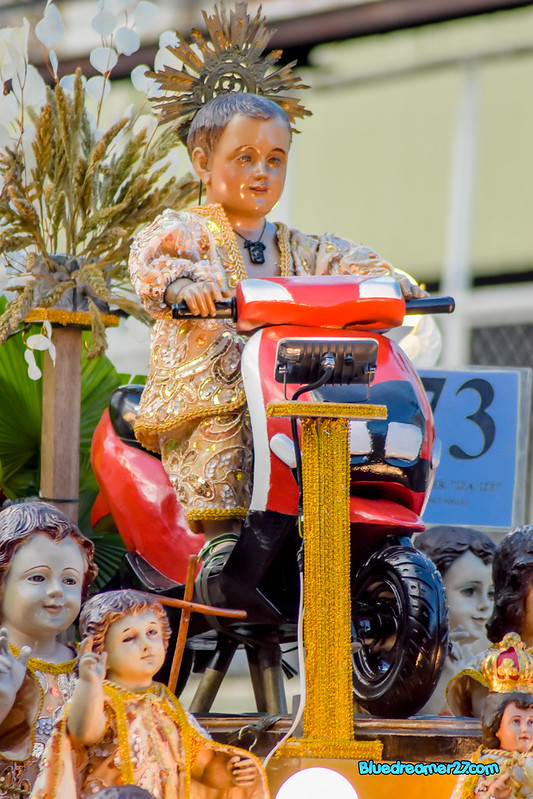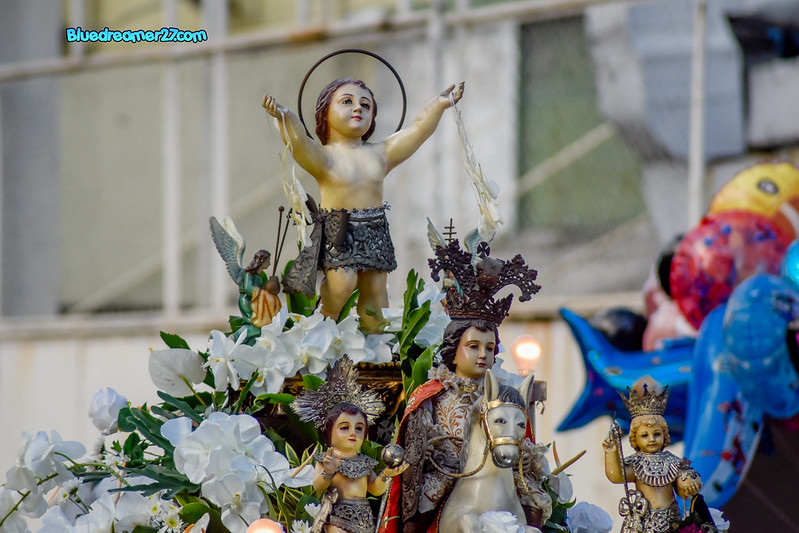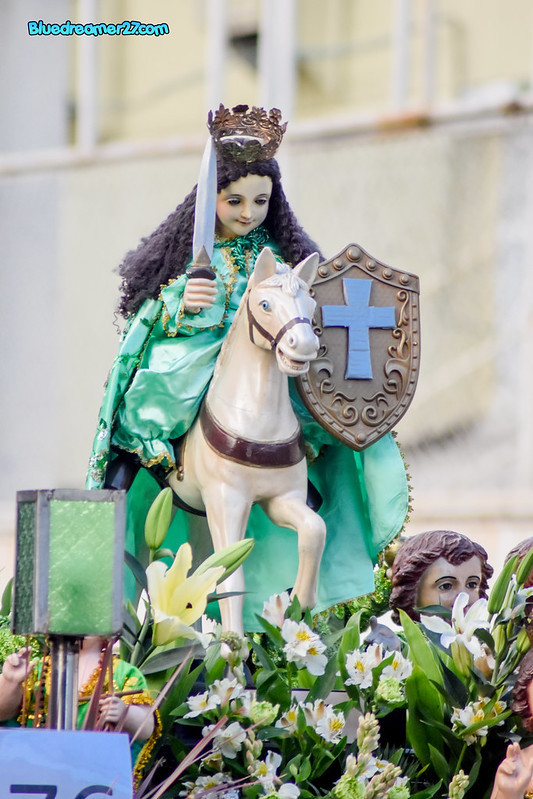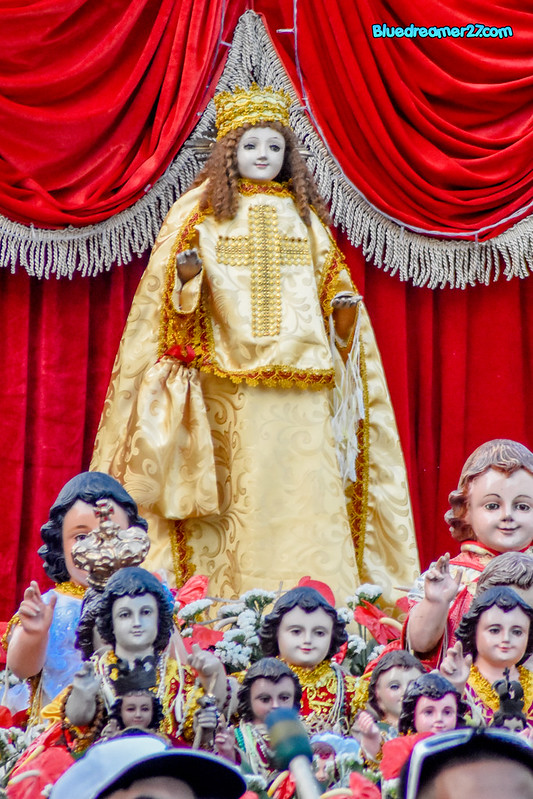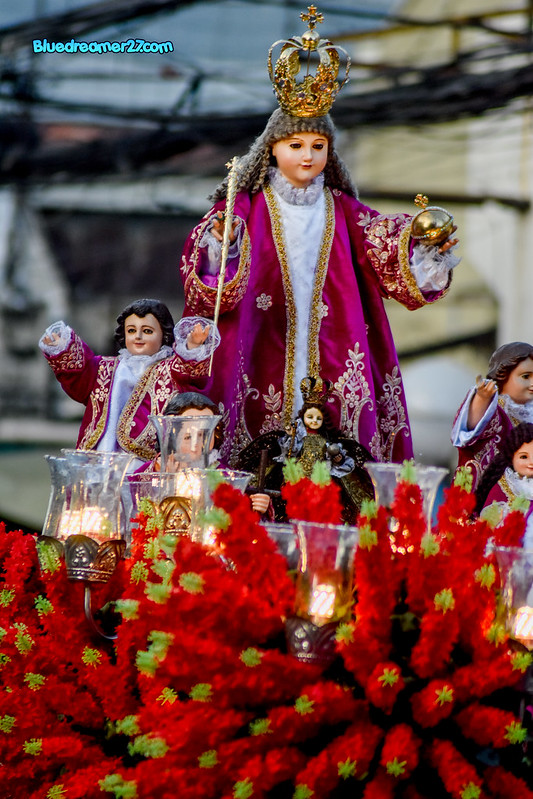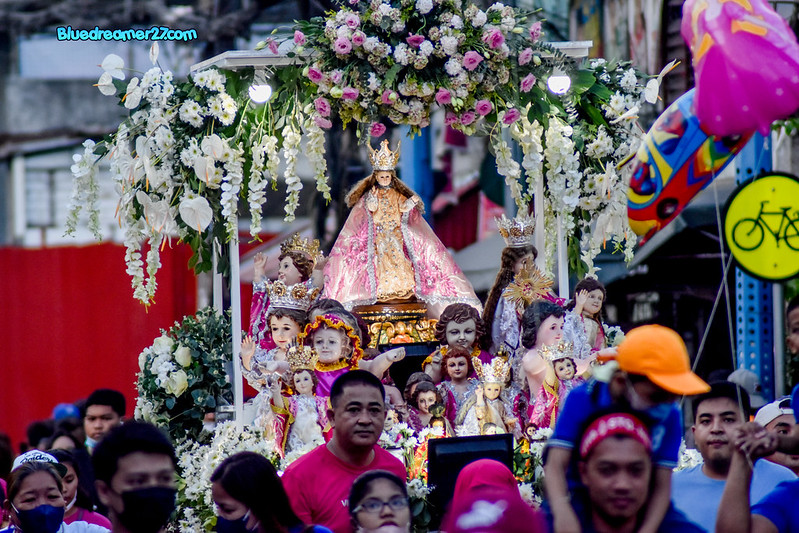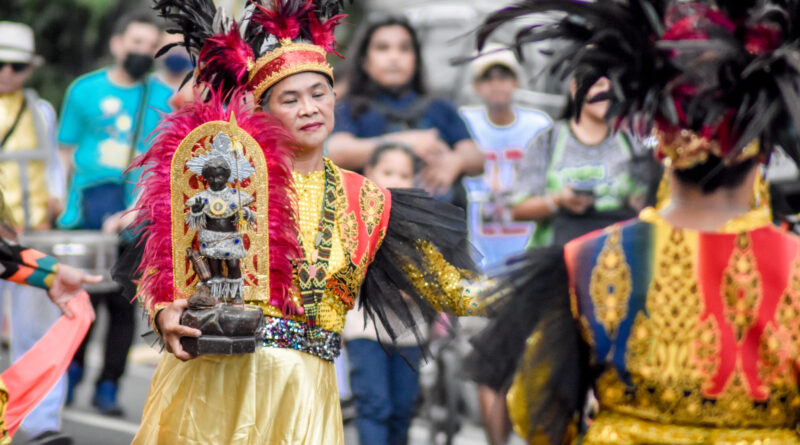Grand Parade of Santo Niño in Pasay
The pandemic made a lot of restrictions particular on how we celebrate traditional fiestas. Those colorful celebrations were either tamed down or completely canceled. Now that everything is going back to normal, all of these colorful and festive celebrations are now in full swing. January is the month when we celebrate the feast of the infant Jesus. Knowing that the image of the Holy Infant was among the first three gifts given by Ferdinand Magellan to Rajah Humabon and his wife after their arrival in Cebu, it has become an important part of our history and culture. The Santo Niño de Cebu is considered as the oldest surviving Catholic relic in the Philippines. The venerated and miraculous image is now enshrined in the chapel within the Basilica Minor del Santo Niño de Cebu. Cebuanos usually venerate the image with colorful outdoor activities including their well-known Sinulog Festival that often attracts millions of devotees all over the country.
Since then, Filipino’s devotion to Santo Niño continuously grew. It is undeniable that Santo Niño is one of the most beloved and recognizable cultural icons in the country. Santo Niño de Cebu is also one of the only four canonically crowned Christological images in the world along with Santo Bambino of Aracoeli (Italy), Bambino Gesu de Arenzano (Italy), and Santo Niño de Praga (Czech Republic). The image of Santo Niño is replicated in many parts of the country and most were given with different titles. Much like how Filipinos are venerating Mary and how she get her titles in different parts of the world (Check: Intramuros Grand Marian Procession).
Santo Niño receives titles based on a number of factors. Some titles came from the place they are venerated (there’s the image of Santo Niño de Tondo, Santo Niño de Pandacan, Santo Niño de Romblon, etc.). Some titles are based on different depictions or portrayals of Baby Jesus (there’s the Sleeping Santo Niño, Santo Niño de Passion, Santo Niño de Belen, and more). Interestingly, Filipinos are also fond of providing unique titles to Santo Niño based on their profession and other unique concepts. There’s a Santo Niño Panadero, Santo Niño Labrador, Santo Niño de Mananahi, and more. Camareros of Santo Niño often dress up their images in many different ways depending on how the Santo Niño is depicted.
Bambino de Aracoeli, for instance, is often swaddled in golden fabric, wearing a crown, and adorned with various gemstones and jewels donated by devotees while the image of Santo Niño de Cebu is often depicted as a Spanish Monarch that wears fine vestment, gold crown, orb, and scepter.
Just like other cities and provinces in the country, Pasay also put their Santo Niño festivities in full swing. Over 350 images of Santo Niño were displayed inside the Pasay Astrodome from January 19 til the 28th. On 29th of January, more than a hundred of these Santo Niño images joined the grand parade which started from the Pasay City Hall.
This was my first time to witness the event and I was fascinated by the overwhelming number of devotees who attended the parade. It also reminds me of the colorful Karakol of Santo Niño in Kawit, Cavite (Check: A Festive Grand Karakol of Santo Niño in Kawit, Cavite). Here are some stills from the recently held Grand Parade of Santo Niño in Pasay.

The 10-day Santo Niño Celebration was done with the joint effort of the Congregacion del Nombre de Jesus Inc and the Pasay City Government. This celebration has become yearly tradition for the Pasayenos and they have been celebrating for 43 years. The images of the Santo Niños are mounted on beautifully decorated carozzas and andas. They are accompanied by street dancers, bands, and a flock of devotees from different barangays in Pasay.
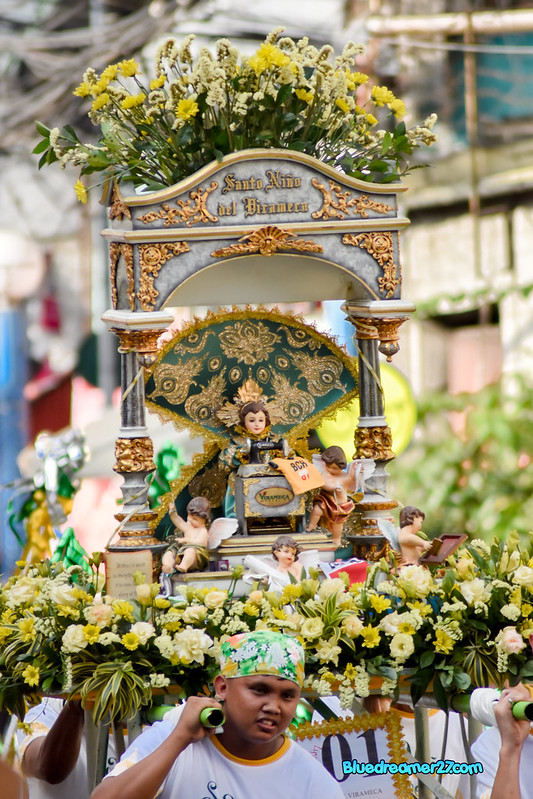 Santo Niño del Virameca. This one is a variant of Santo Niño de Mananahi which is a common interpretation of the Infant Jesus in the Philippines depicting baby Jesus sitting in front of a sewing machine.
Santo Niño del Virameca. This one is a variant of Santo Niño de Mananahi which is a common interpretation of the Infant Jesus in the Philippines depicting baby Jesus sitting in front of a sewing machine.
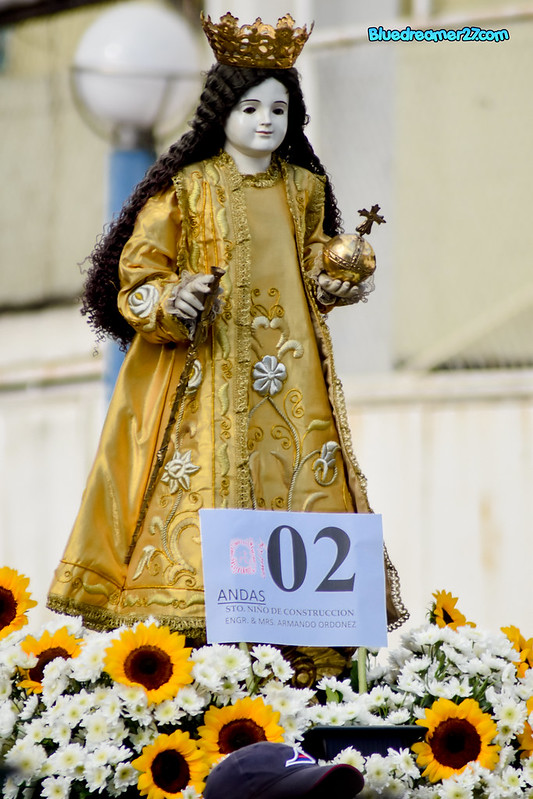 Santo Niño de Construccion. I think most of the Santo Niño titles from this parade are based on the kind of business the owners has. Some of which are also based on the owner’s family name.
Santo Niño de Construccion. I think most of the Santo Niño titles from this parade are based on the kind of business the owners has. Some of which are also based on the owner’s family name.
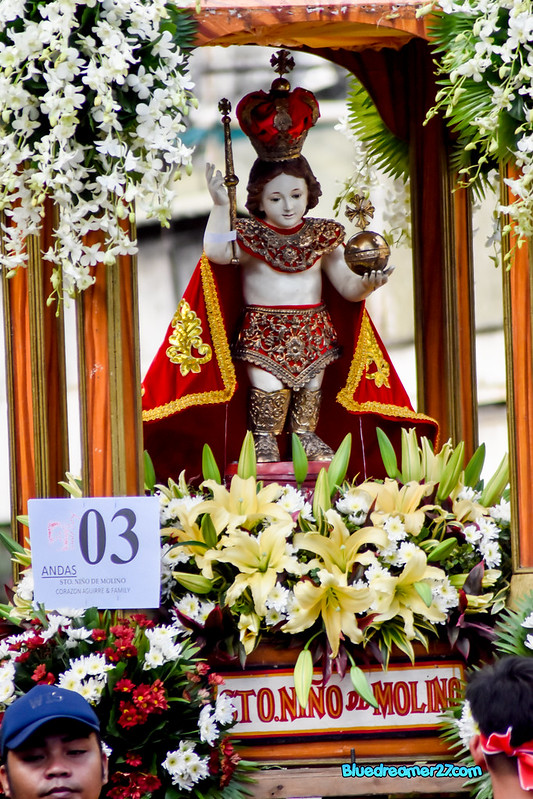 Santo Niño de Molino from Molino, Cavite (Check: Santo Niño de Molino Parish)
Santo Niño de Molino from Molino, Cavite (Check: Santo Niño de Molino Parish)
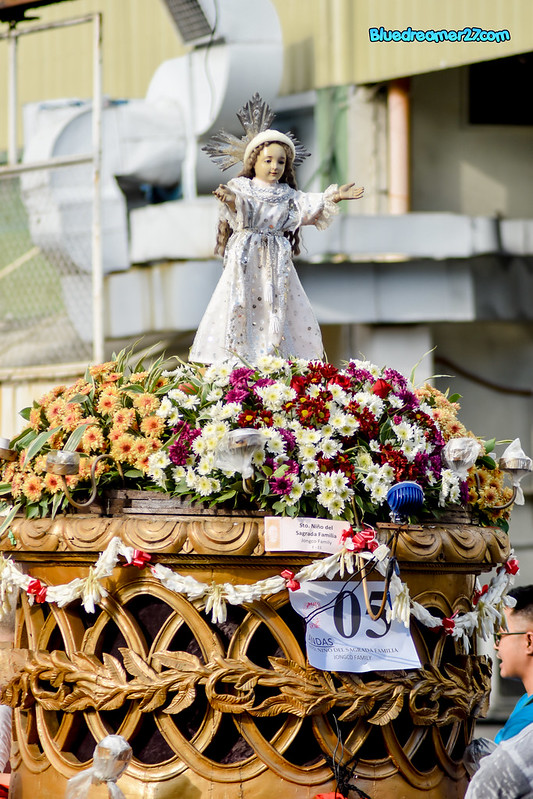 Santo Niño del Sagrada Familia
Santo Niño del Sagrada Familia
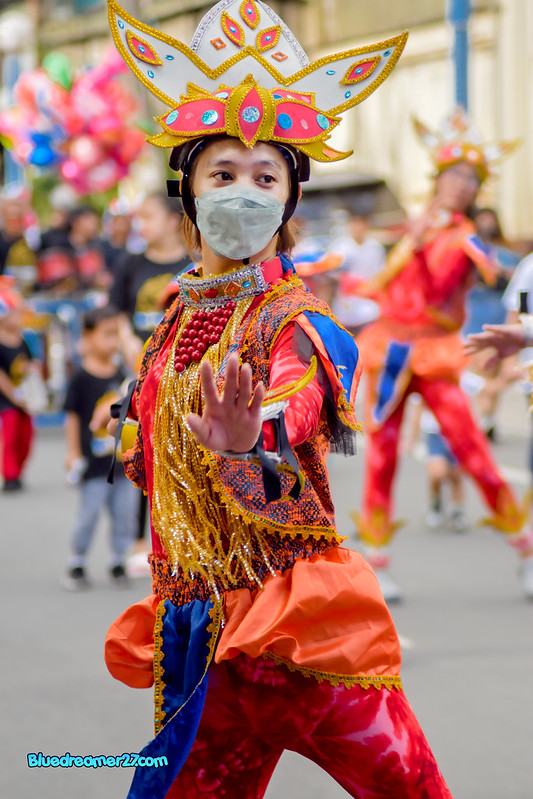 Street dancers
Street dancers

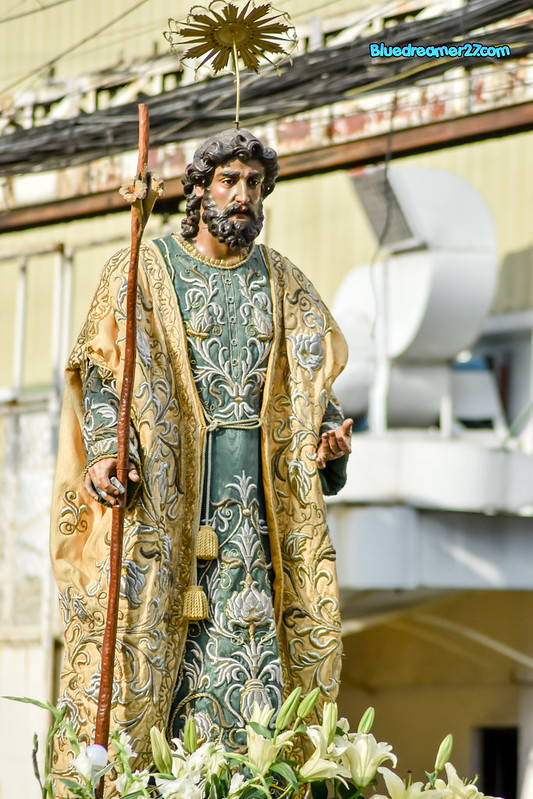 San Jose
San Jose
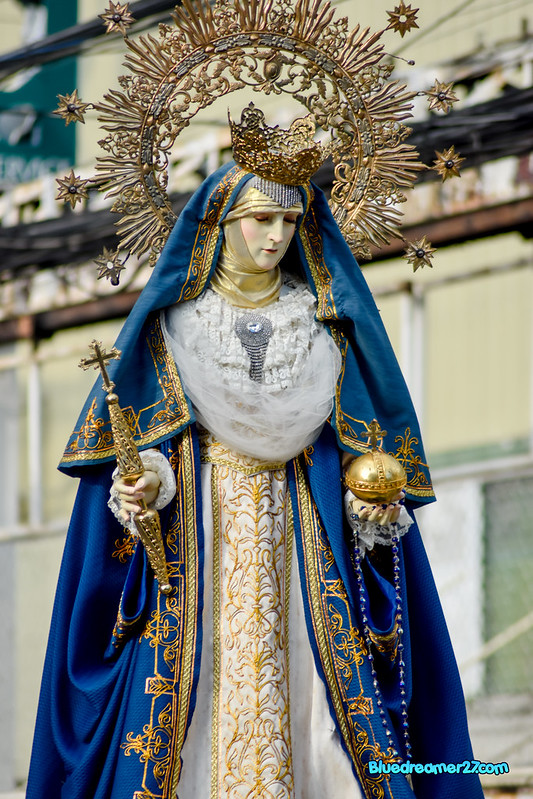
Santa Maria
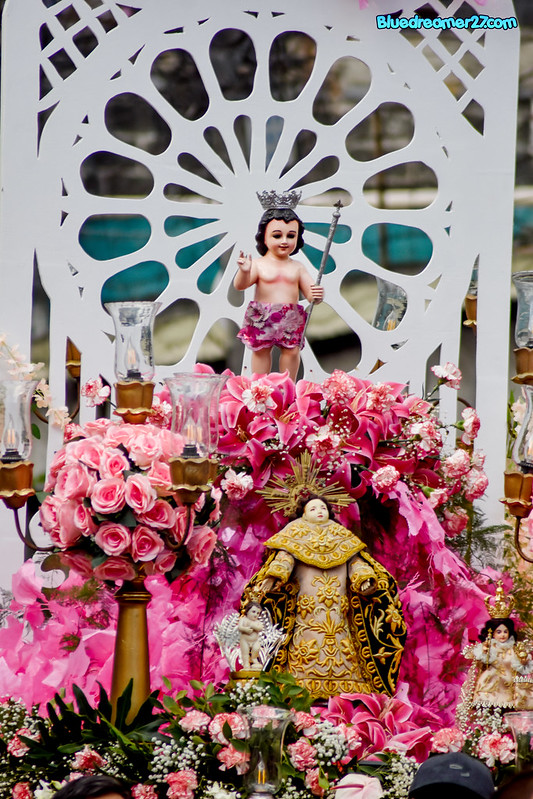
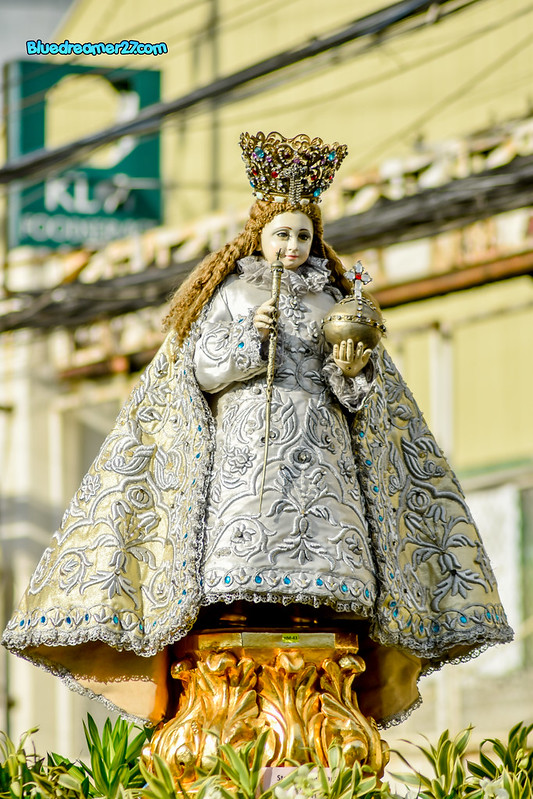
Santo Niño de Praga

Santo Niño de Eucharistia
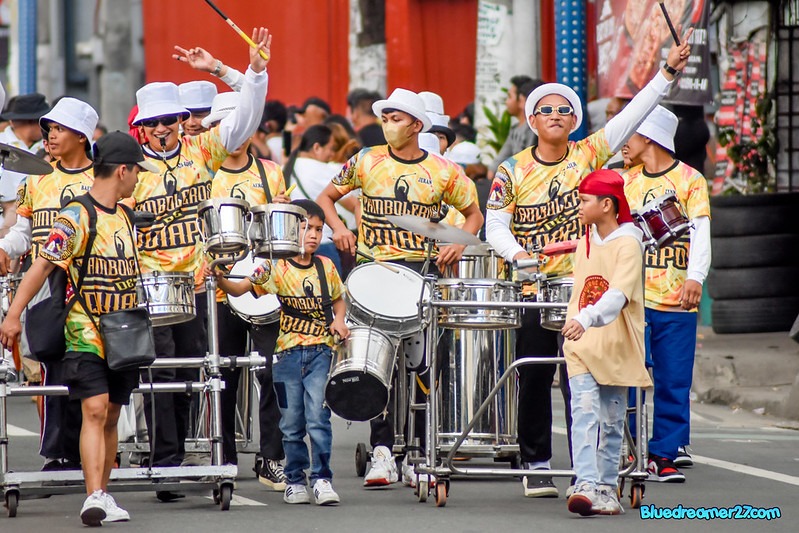
Bands during the parade
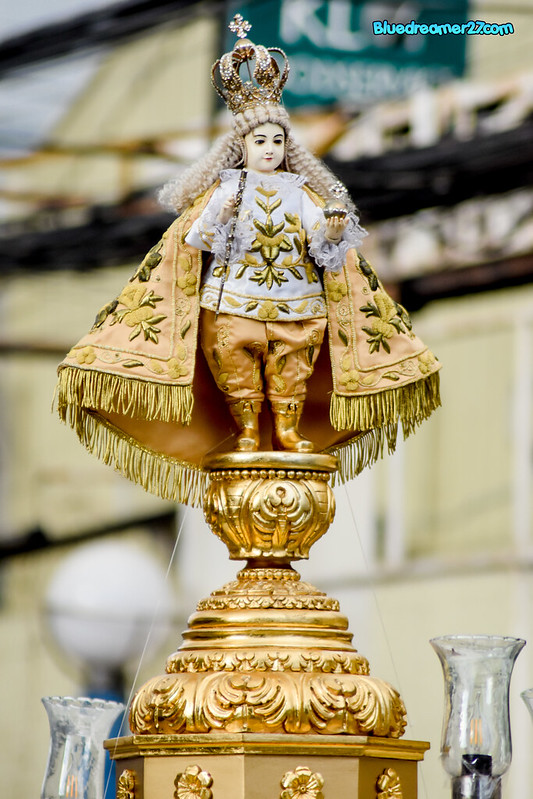 Santo Niño de Tondo (Check: Archdiocesan Shrine of Santo Niño de Tondo)
Santo Niño de Tondo (Check: Archdiocesan Shrine of Santo Niño de Tondo)
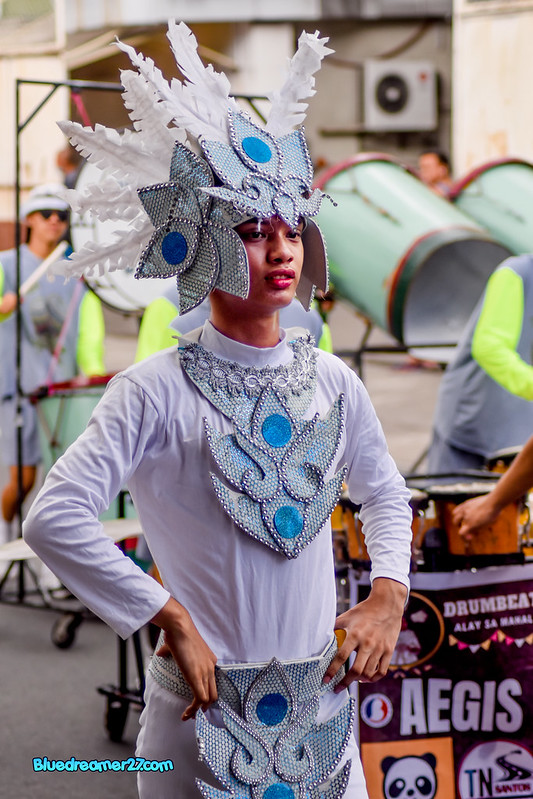
Street Dancer
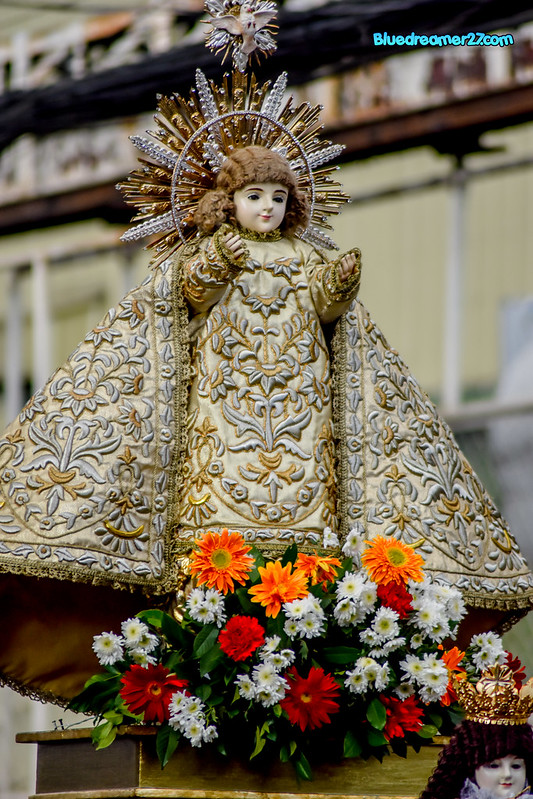
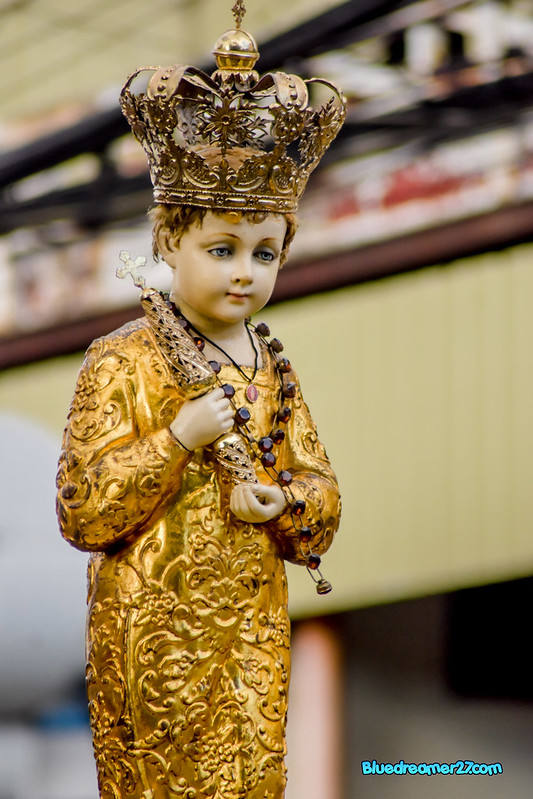
Santo Bambino de Aracoeli
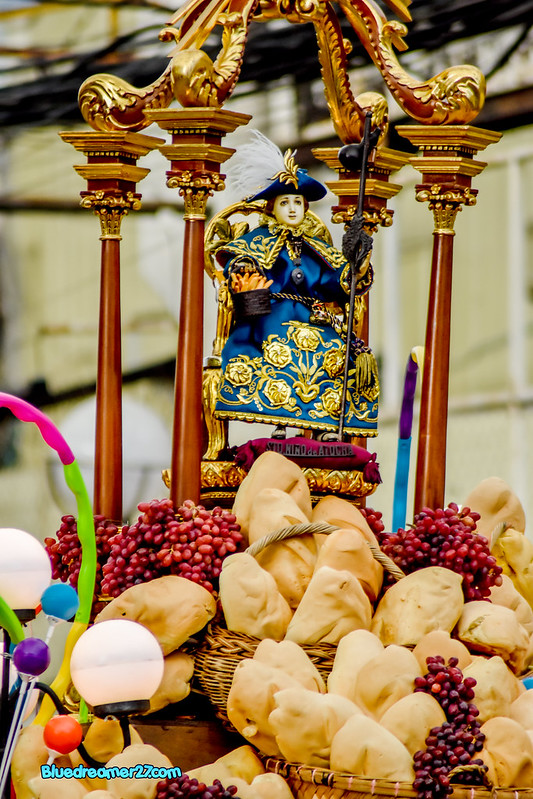
Santo Niño de Atocha
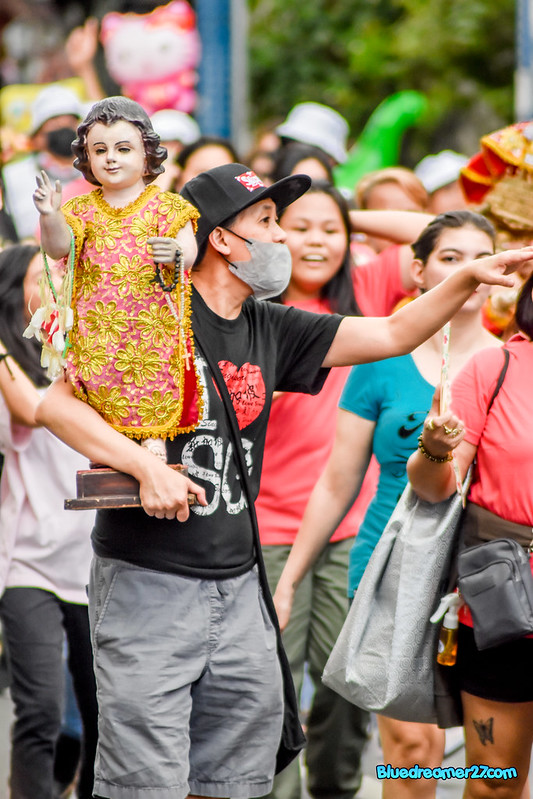
Devotees also brought their own Santo Niño with them during the parade
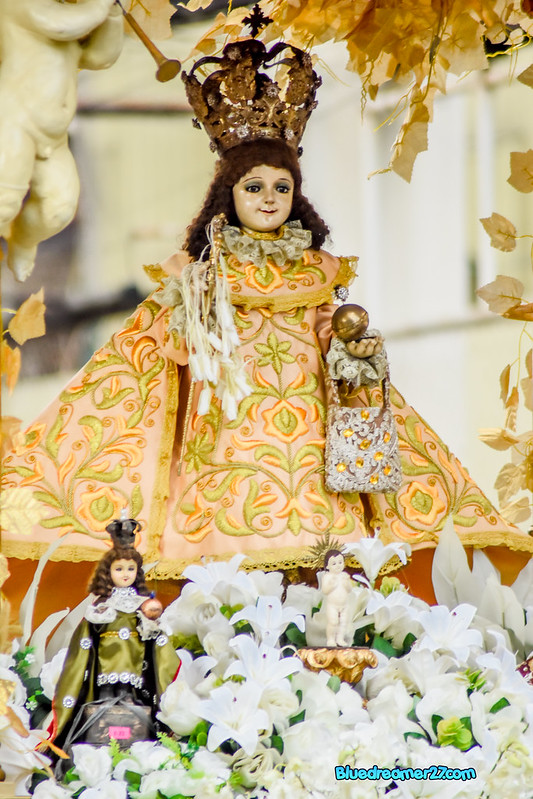 Santo Niño dela Suerte
Santo Niño dela Suerte

Santo Niño de Cebu
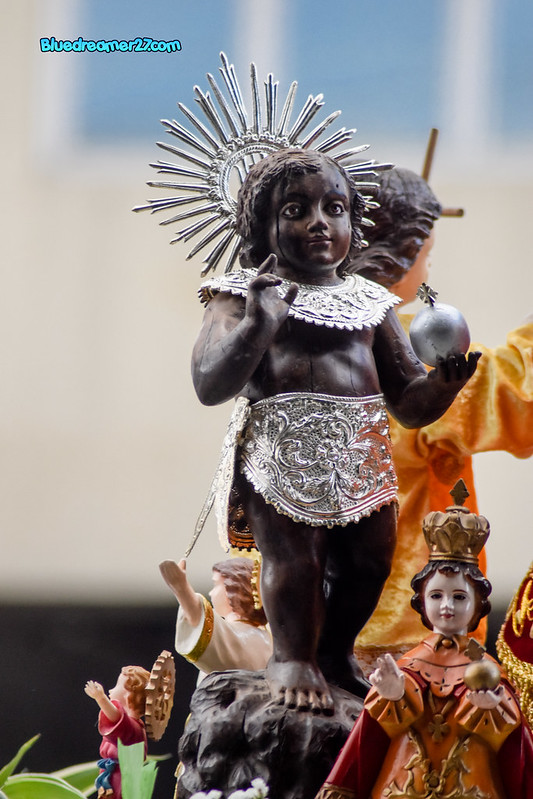 Unlike the equally-festive karakol of Santo Niño in Kawit, the Grand Parade in Pasay doesn’t give much of variety when it comes to Santo Niño titles. There are carozzas loaded with multiple Santo Niños of same kind. These are probably images owned by different residents of the same barangay.
Unlike the equally-festive karakol of Santo Niño in Kawit, the Grand Parade in Pasay doesn’t give much of variety when it comes to Santo Niño titles. There are carozzas loaded with multiple Santo Niños of same kind. These are probably images owned by different residents of the same barangay.

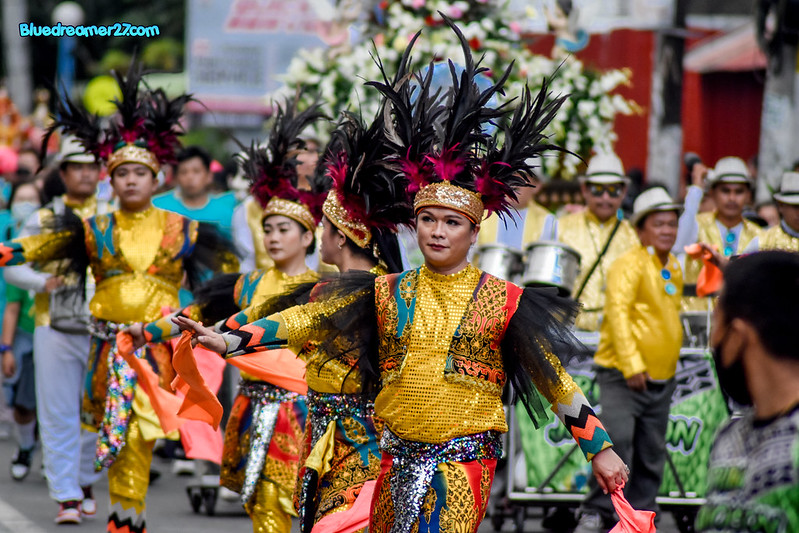
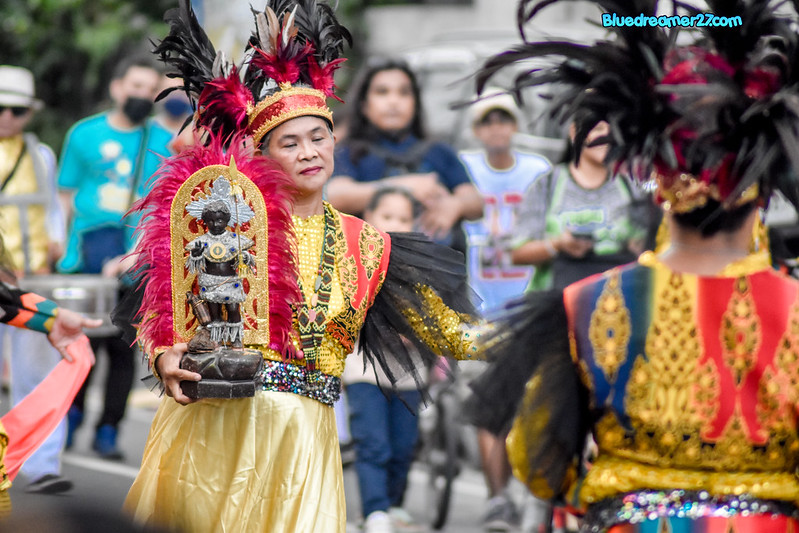

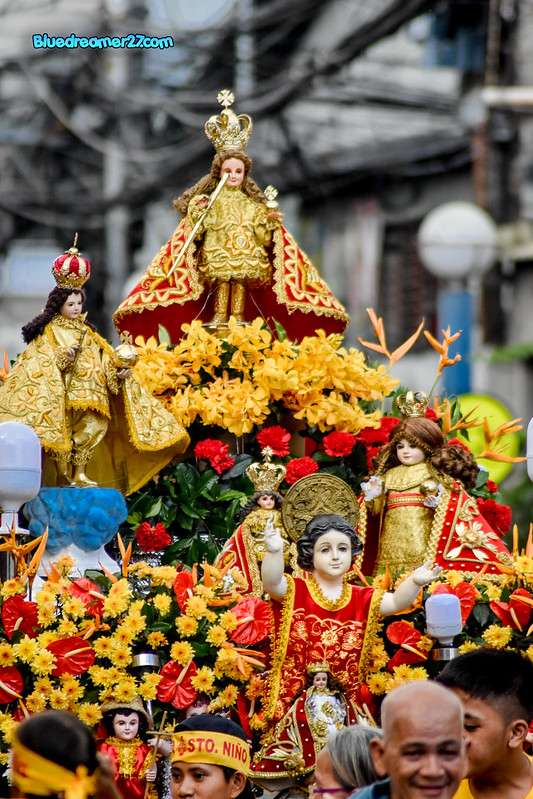
A collection of Santo Niño images in one carozza.
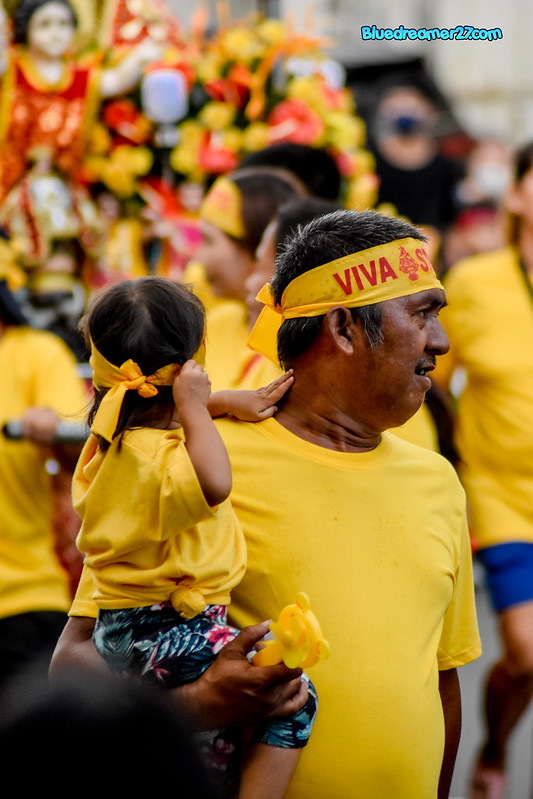
Devotees
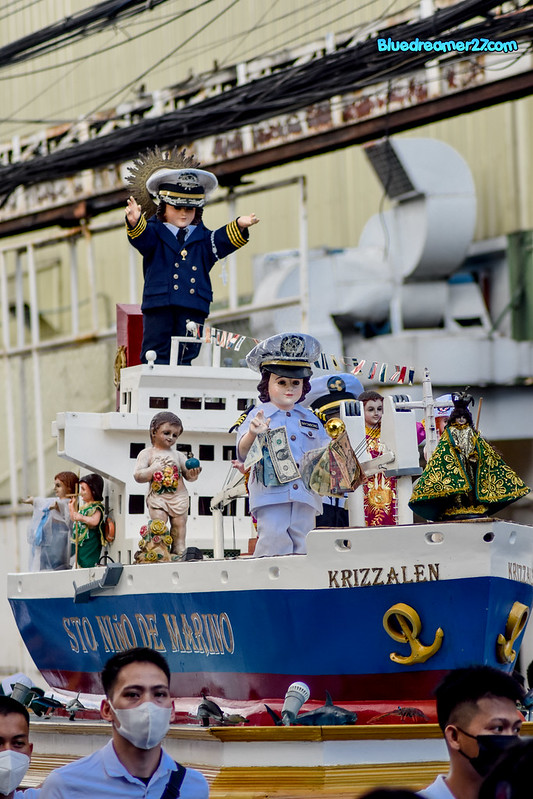
Santo Niño de Marino
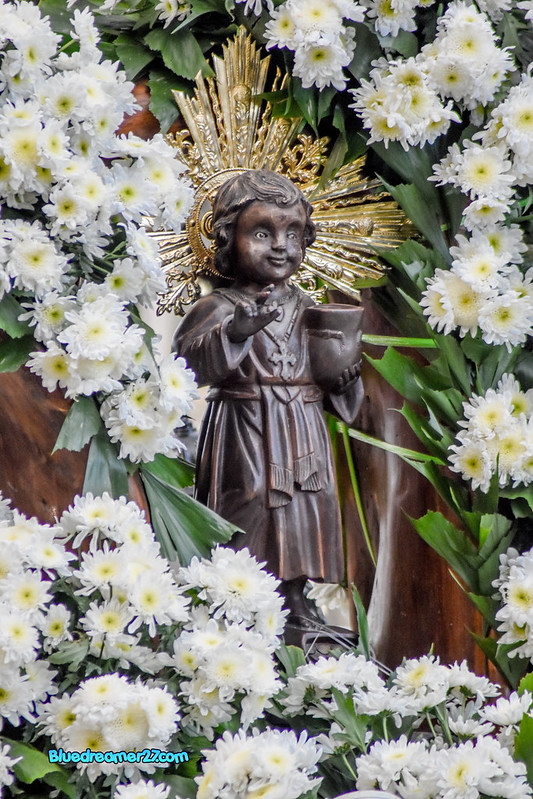
Santo Niño dela Suerte
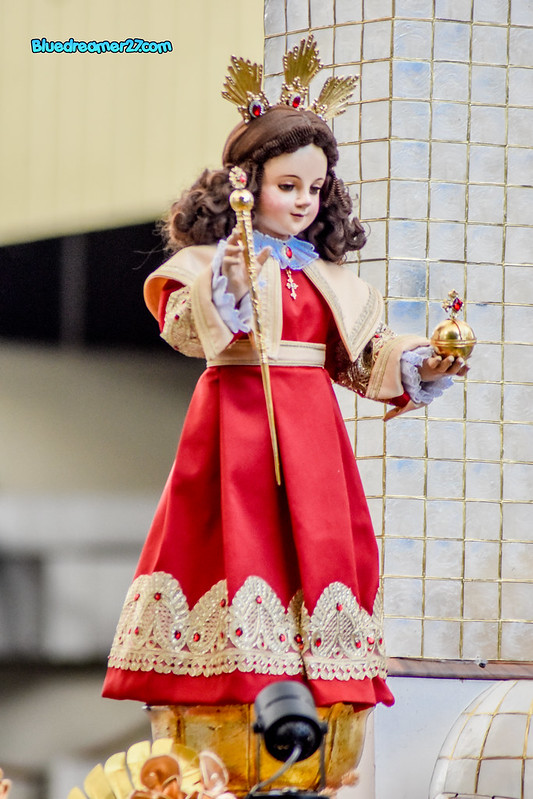
Santo Niño de Valencia
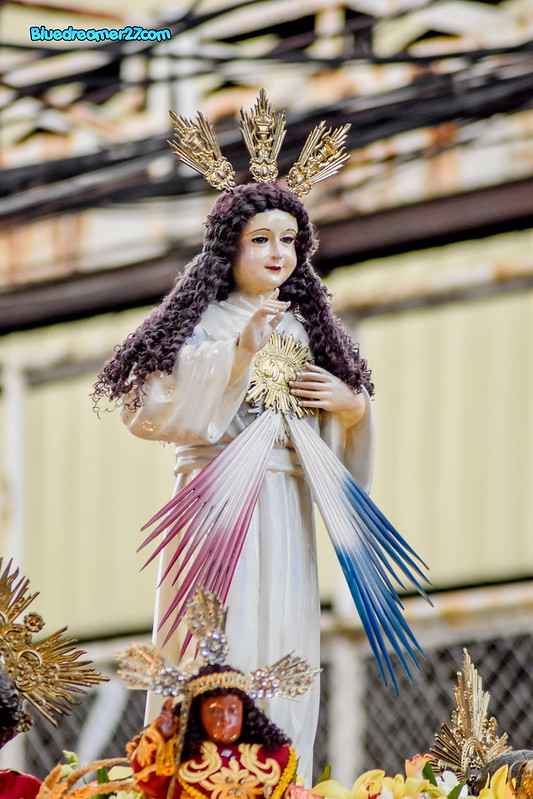

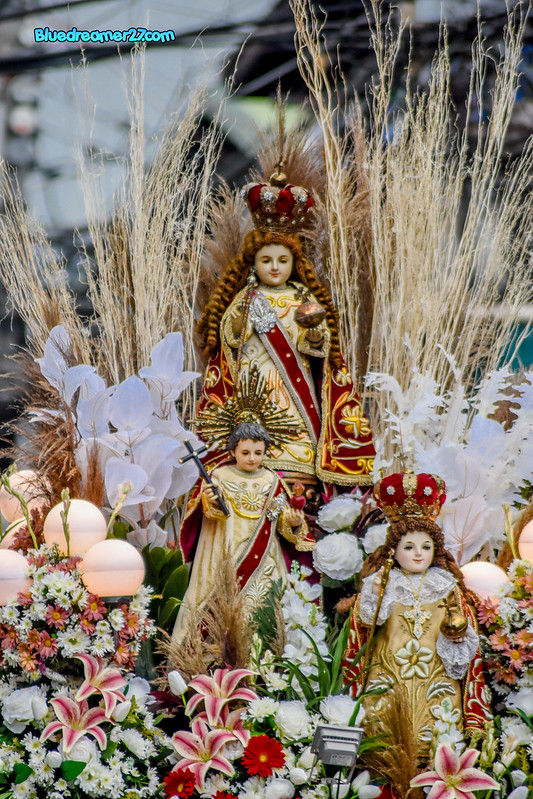
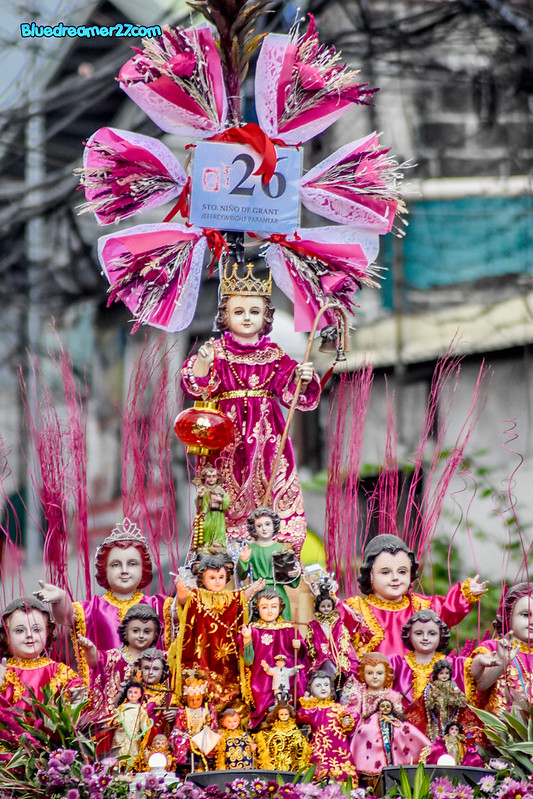
Santo Niño de Grant

Santo Niño de Plata
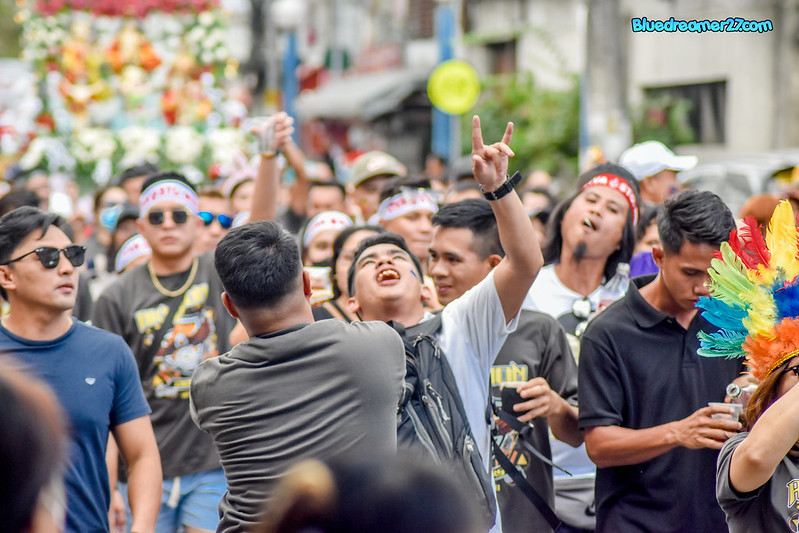
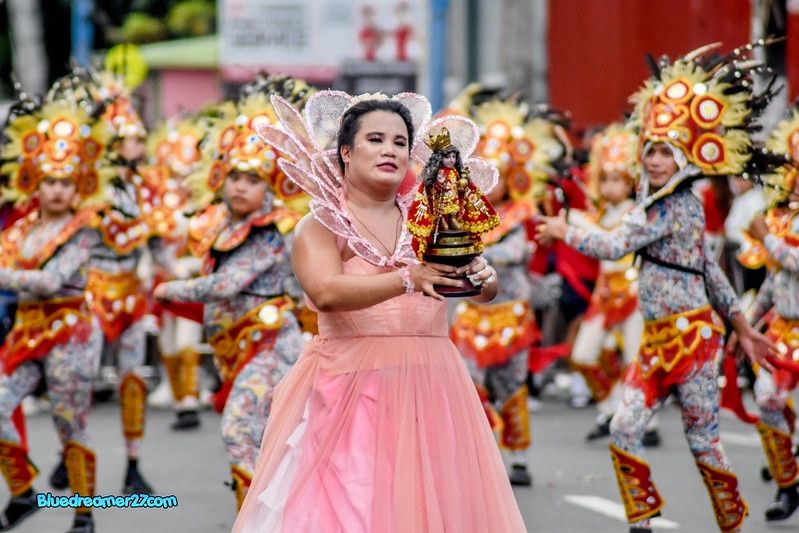
A Sinulog-inspired Street dance
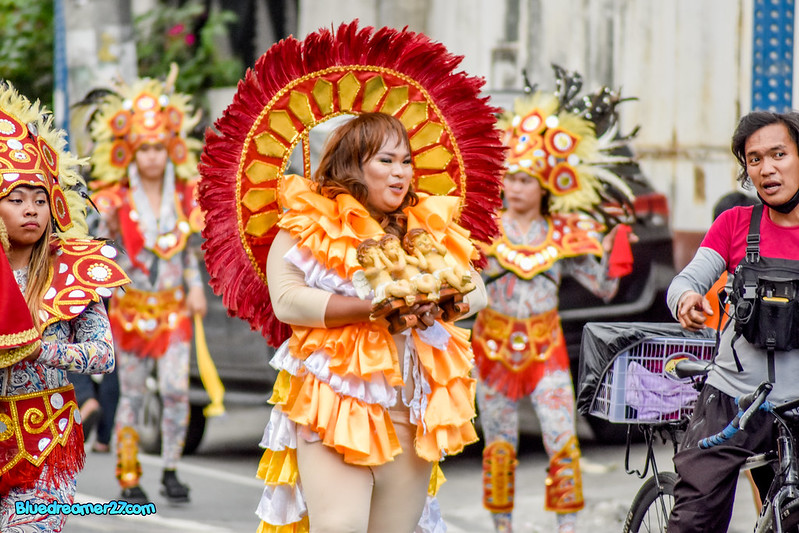
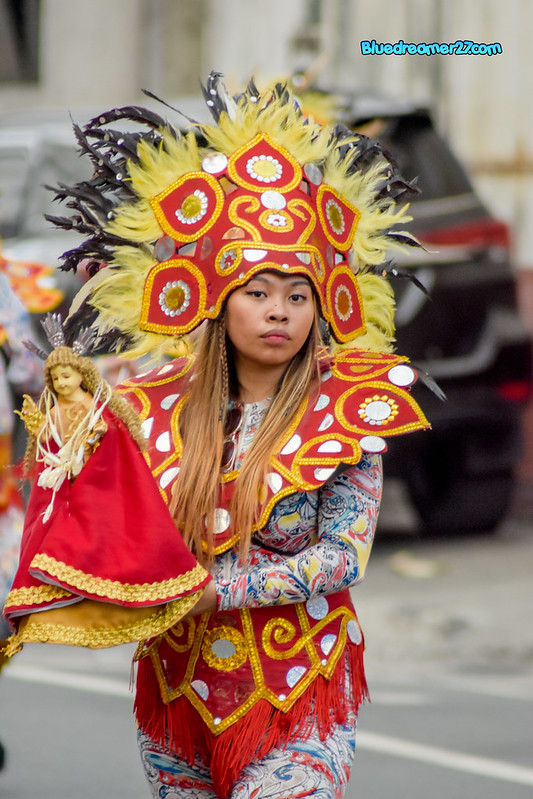

While watching the parade, you can feel the lively and joyful spirit of all the devotees who joined the event. It’s been three years since the Pandemic strikes the country and this is a great indication that we are finally getting back to normal.
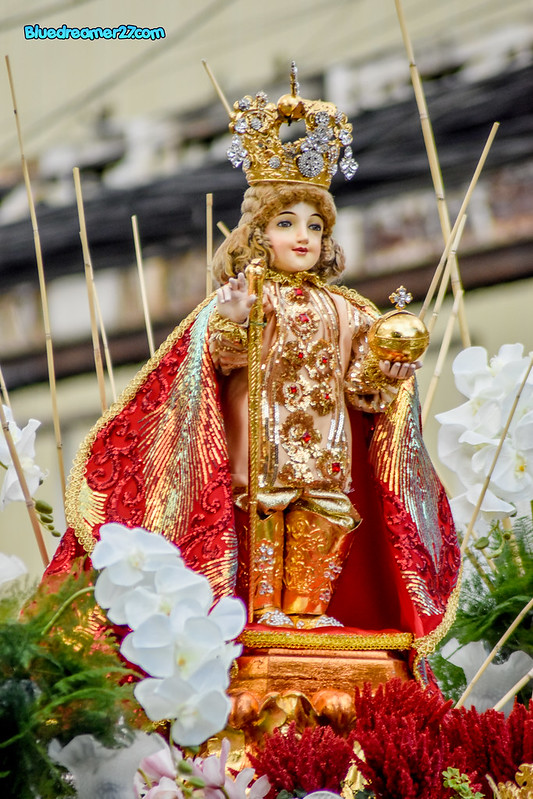
Santo Niño del Principe
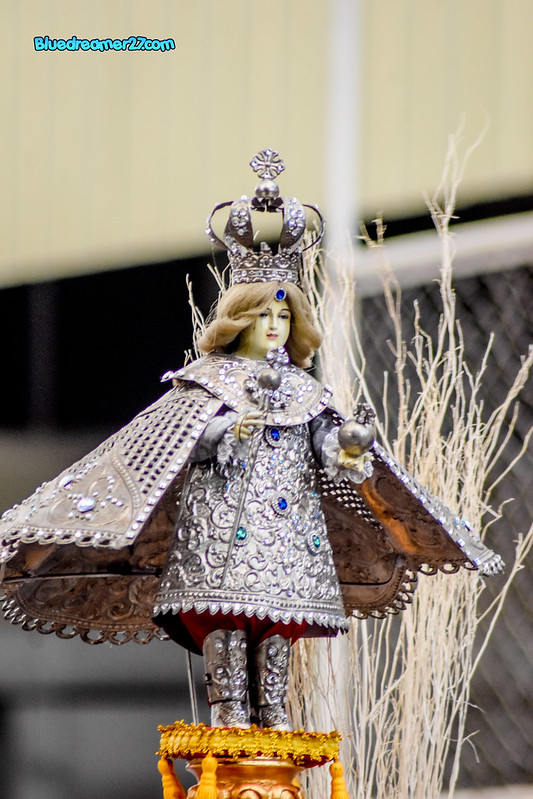
Santo Niño de Tondo
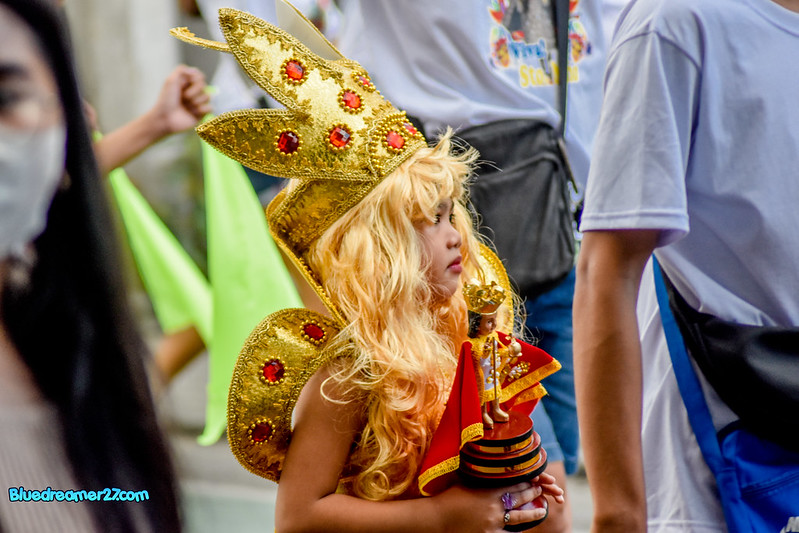
Look at this cool little kid all dressed up for the celebration in honor of Santo Niño

Santo Niño Mapagbigay
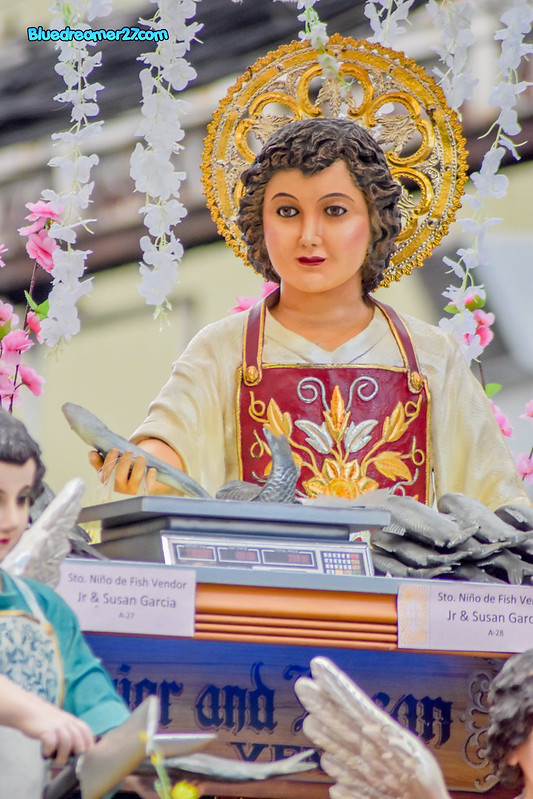
Santo Niño de Fish Vendor

Tribo Malate
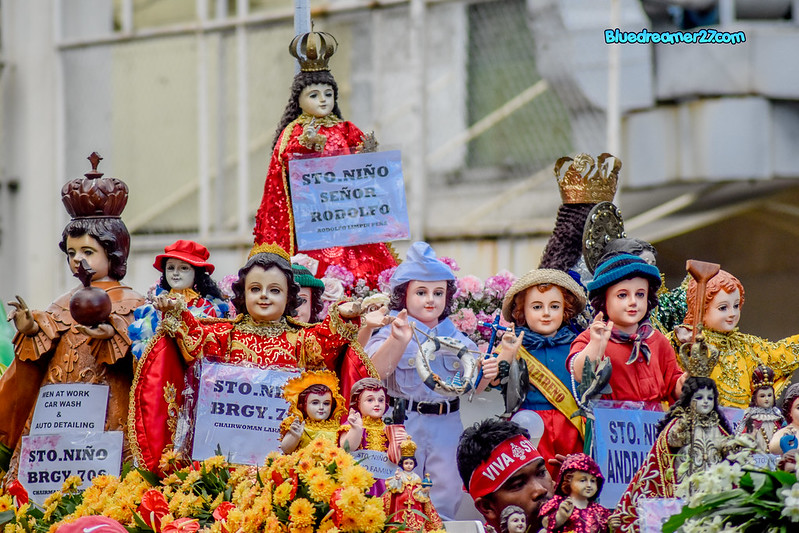
Another collection of Santo Niño images from various owners and communities in Pasay.
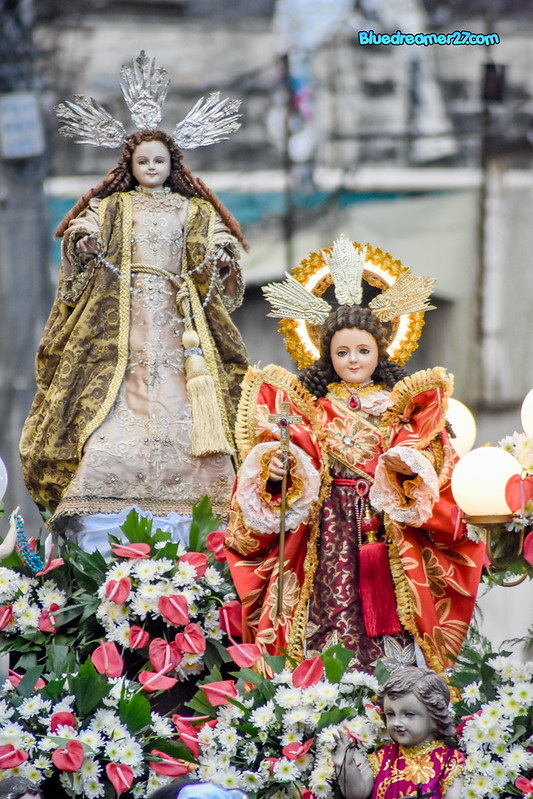
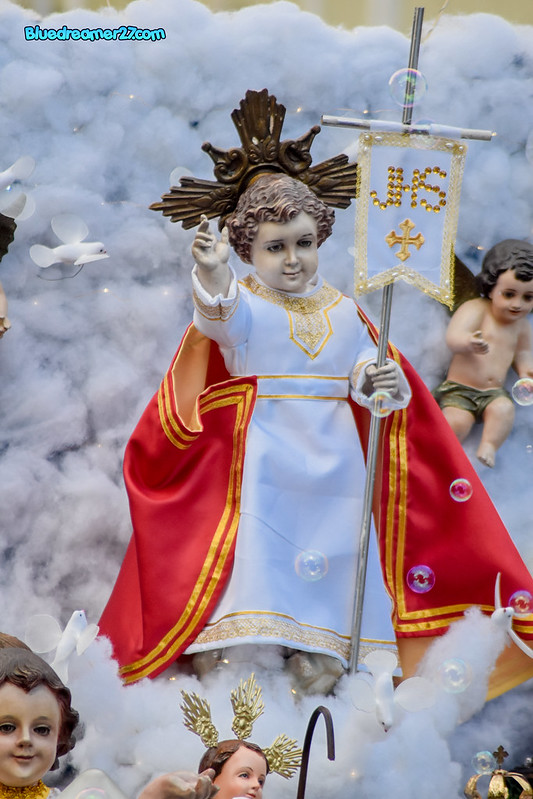
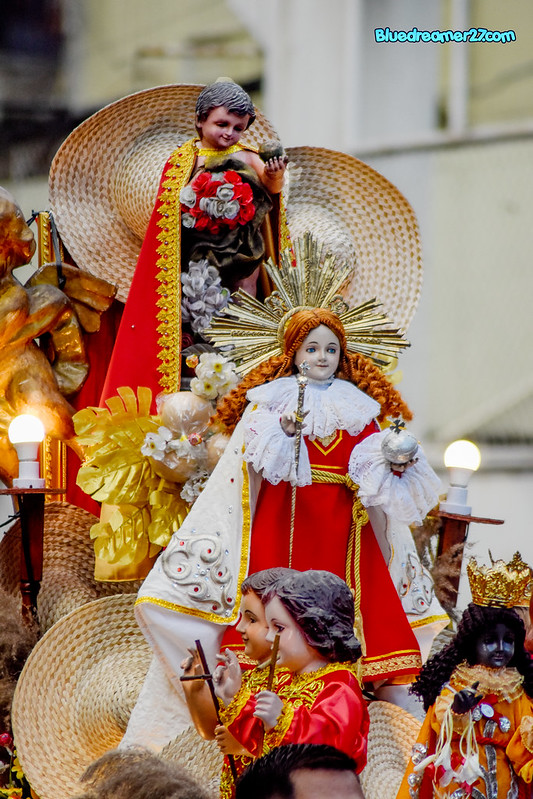

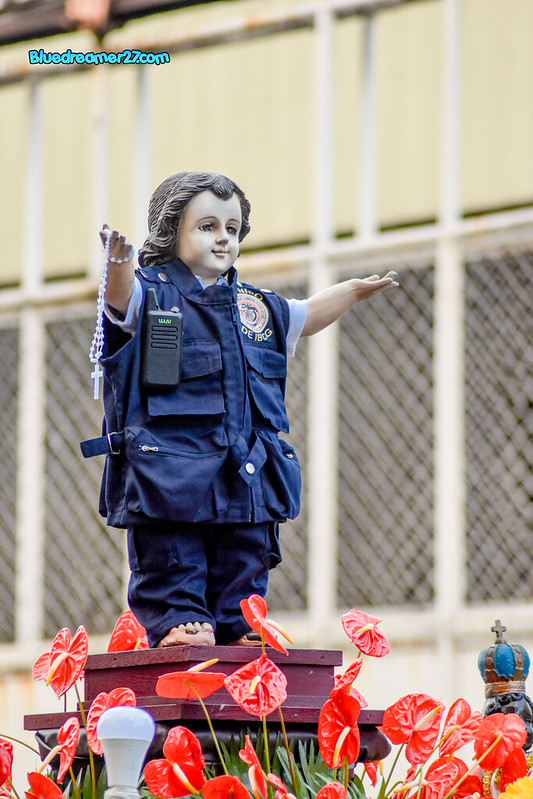
Santo Niño de ICBG
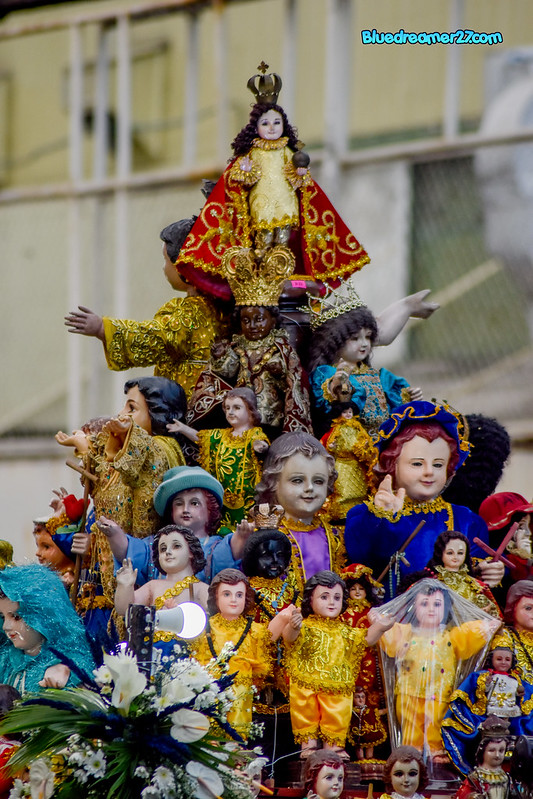

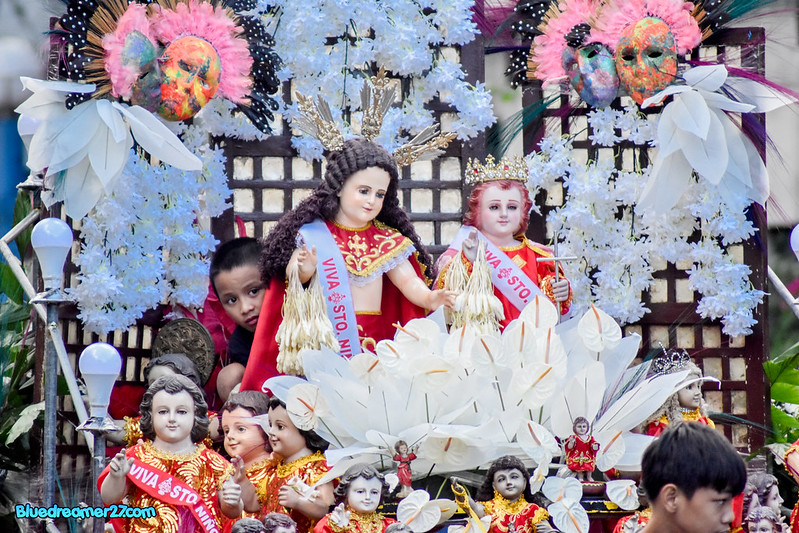
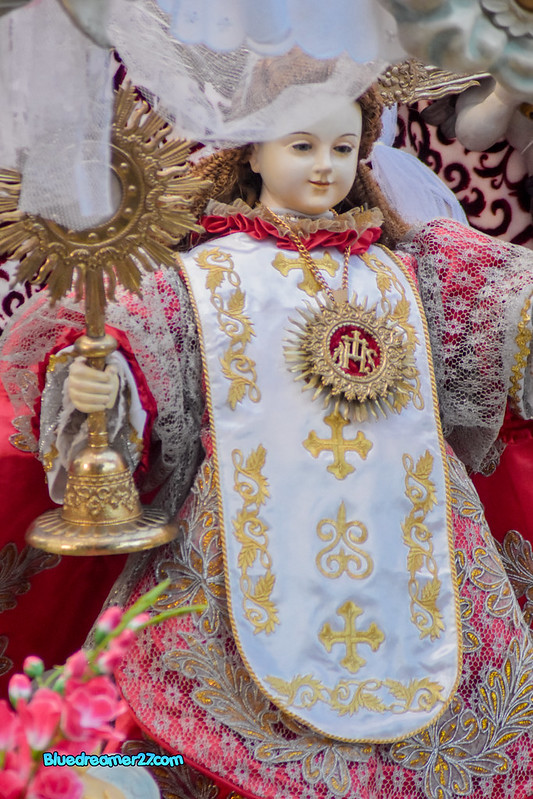
Santo Niño de Santissimo Sacramento
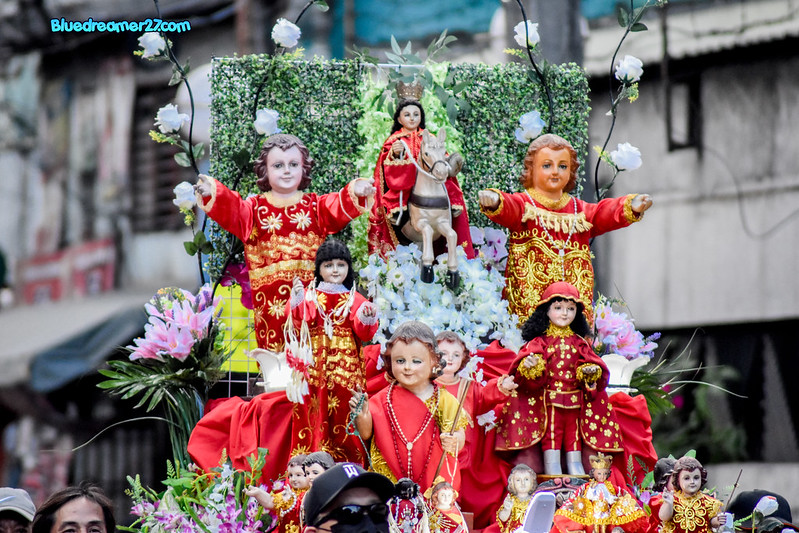
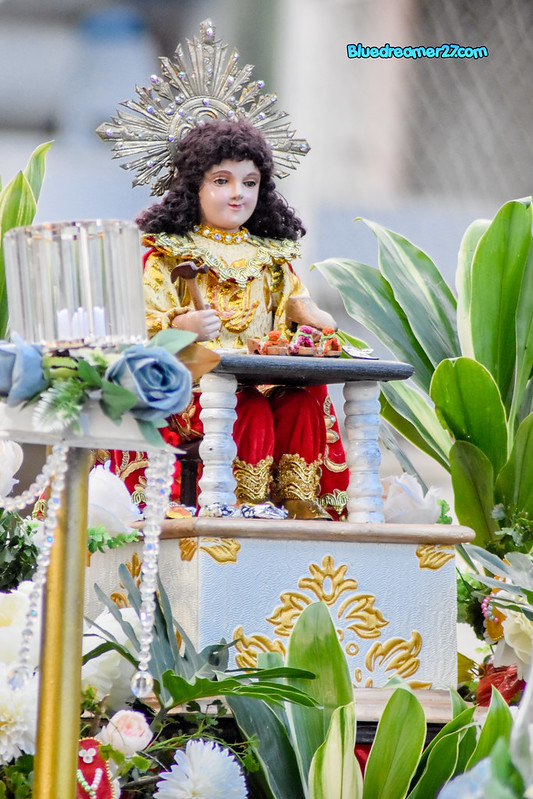
Santo Niño de Sapatero

Santo Niño de Pastol
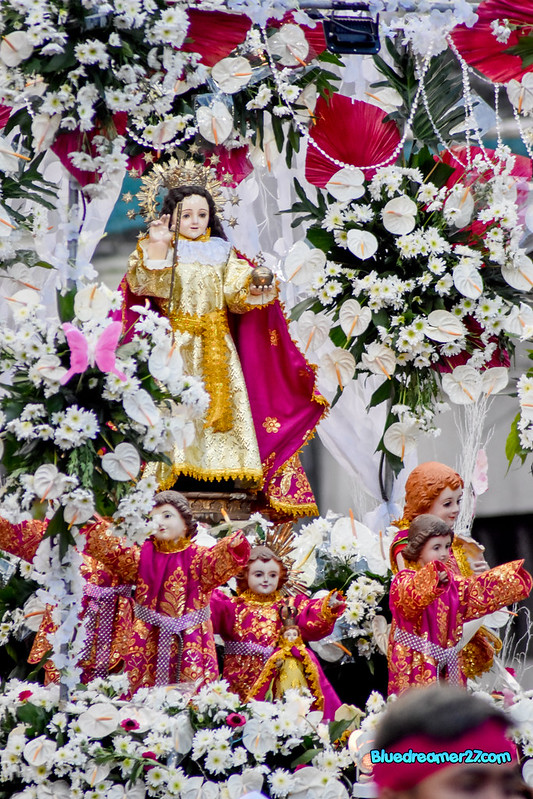

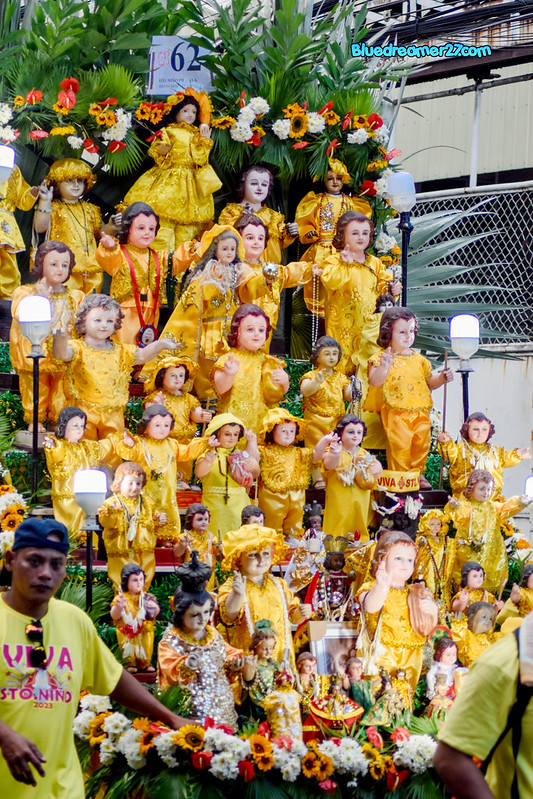
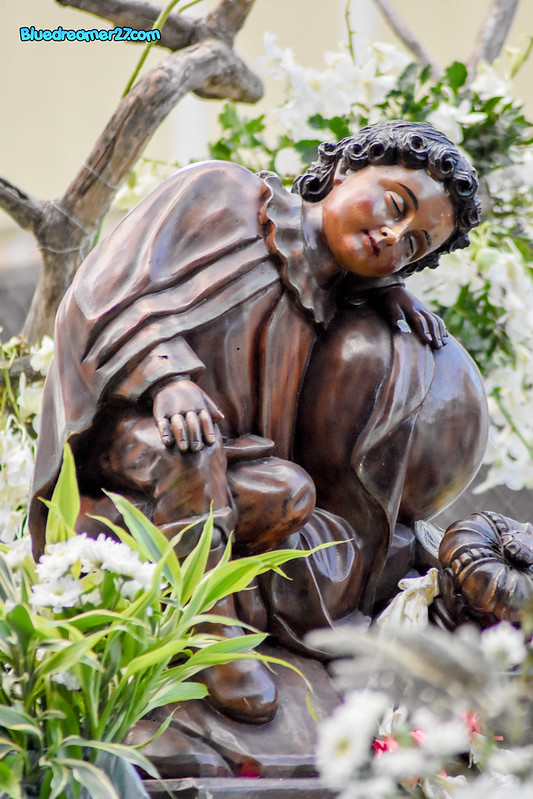
Santo Niño Agotado
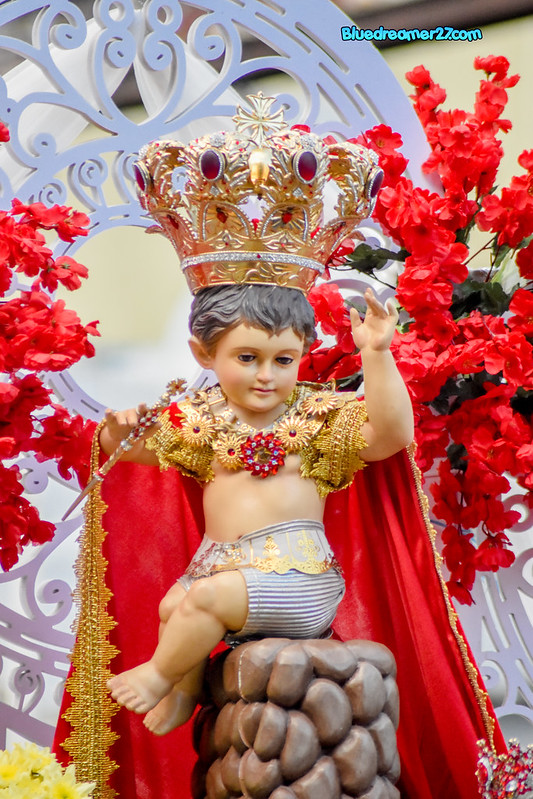
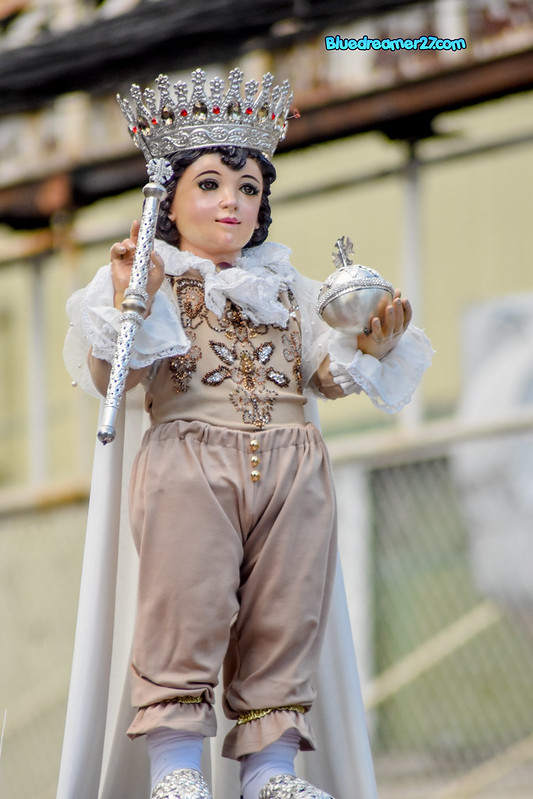
Santo Niño de Orpilla
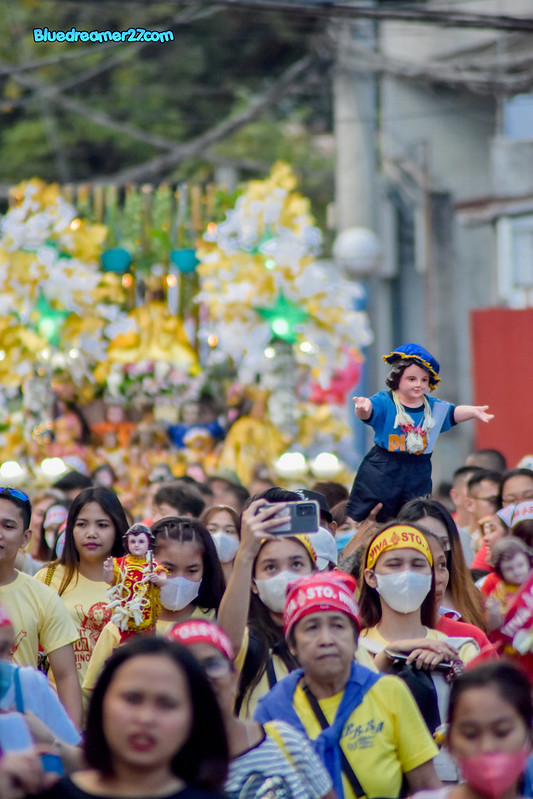
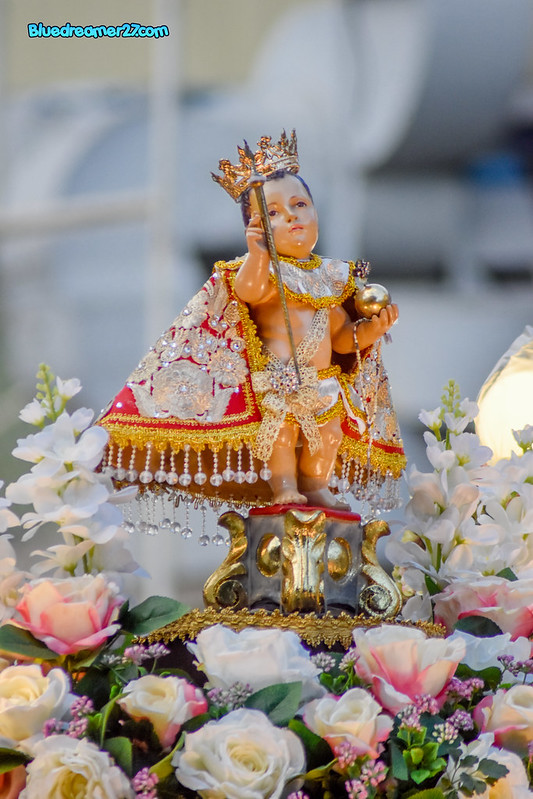
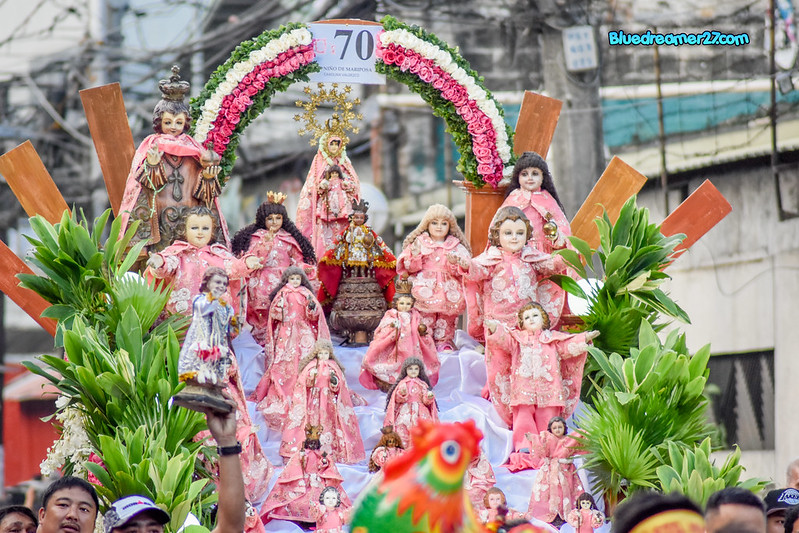

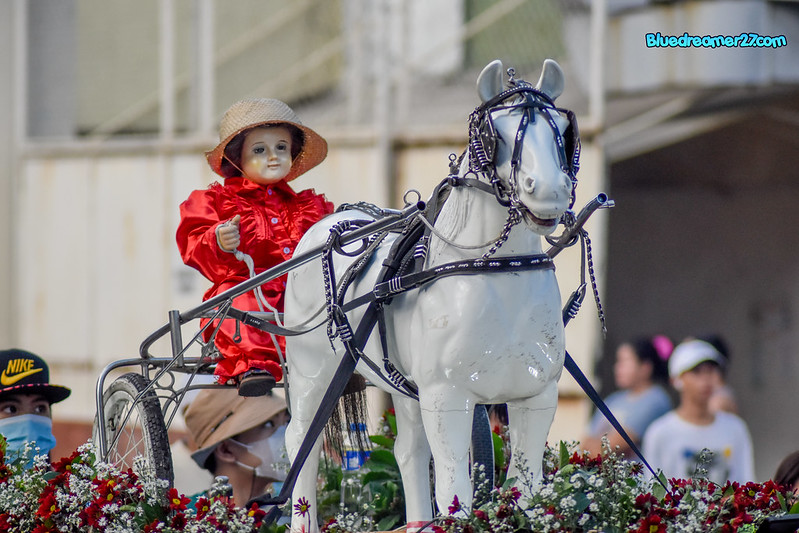
Santo Niño de Caballero
